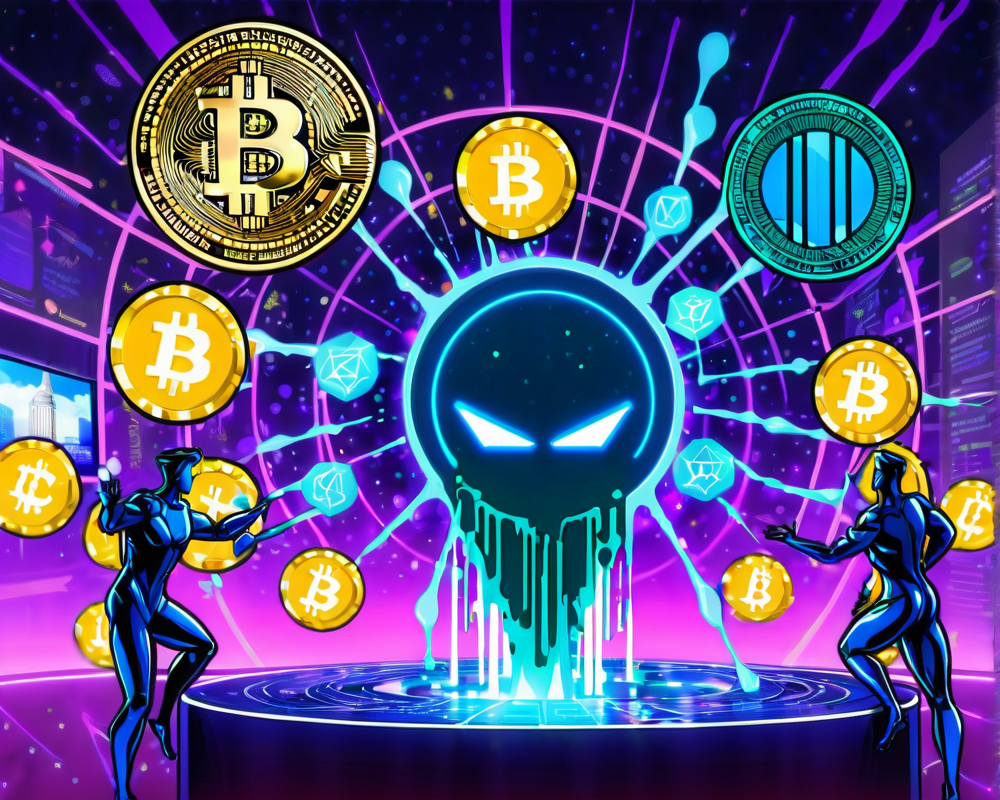The Explosive Growth of Layer-Two Protocols
2021 has turned into a rollercoaster for the blockchain world, especially with the dizzying rise of decentralized finance (DeFi) and striking non-fungible tokens (NFTs). What did this mean? Oh, you bet transaction costs on Ethereum skyrocketed, pricing out casual users faster than a cat at bath time. In this chaotic climate, layer-two protocols like Polygon (previously known as MATIC) emerged, flaunting their potential to scale Ethereum like a pro climber tackling Mount Everest.
Polygon’s Quick Rise and Current Status
Initially, Polygon’s QuickSwap managed to whip up excitement as one of the more successful Uniswap clones. Picture this: a crowded marketplace with everyone raving about your wares, and suddenly, newer booths pop up, stealing your thunder. That’s Polygon’s reality as competition began to heat up from platforms like Arbitrum and Optimism. At some point, users started chuckling at Polygon, branding it “slow.” Ouch!
The Great Spam Attack: Enter the Arbitrage Bot
In a plot twist reminiscent of a bad superhero movie, a crafty bot decided to take full advantage of Polygon’s affordability. With a minuscule investment of 0.02 MATIC per spammed block, this villain took transaction volumes to astronomical levels, inflating them by up to 90%. Imagine throwing confetti at a birthday party, only to have someone use an industrial-grade confetti cannon—yes, it was a mess.
Does Size Really Matter? Transaction Volume Analysis
From an analysis done by reliable data sources, it turns out a whopping 30% of Polygon’s transactions were coming from just two contracts, essentially bots racing against each other to generate thousands of exchanges. But why fill every block with noise if they only needed to conduct 2,000 to 4,000 trades? Maybe it was a strategy to block competitors from front-running their trades—talk about a more strategized game of chess!
Responding to the Minus-Gas Crisis
After realizing the bots were raking in daily profits averaging $6,800 while sending the network into chaos, the Polygon team took action. They upped the minimum transaction cost dramatically from a measly 1 gwei to a more serious 30 gwei. This move worked like turning on a ‘Do Not Disturb’ sign, leading to an almost instant drop in spam transactions from 2 million down to 500,000 per day—a 75% decrease. Just like that, spam was finally taking a backseat.
But even with these changes, bots were still tossing around about $5,000 a day in gas. Sounds like a classic case of robbing Peter to pay Paul, doesn’t it?




